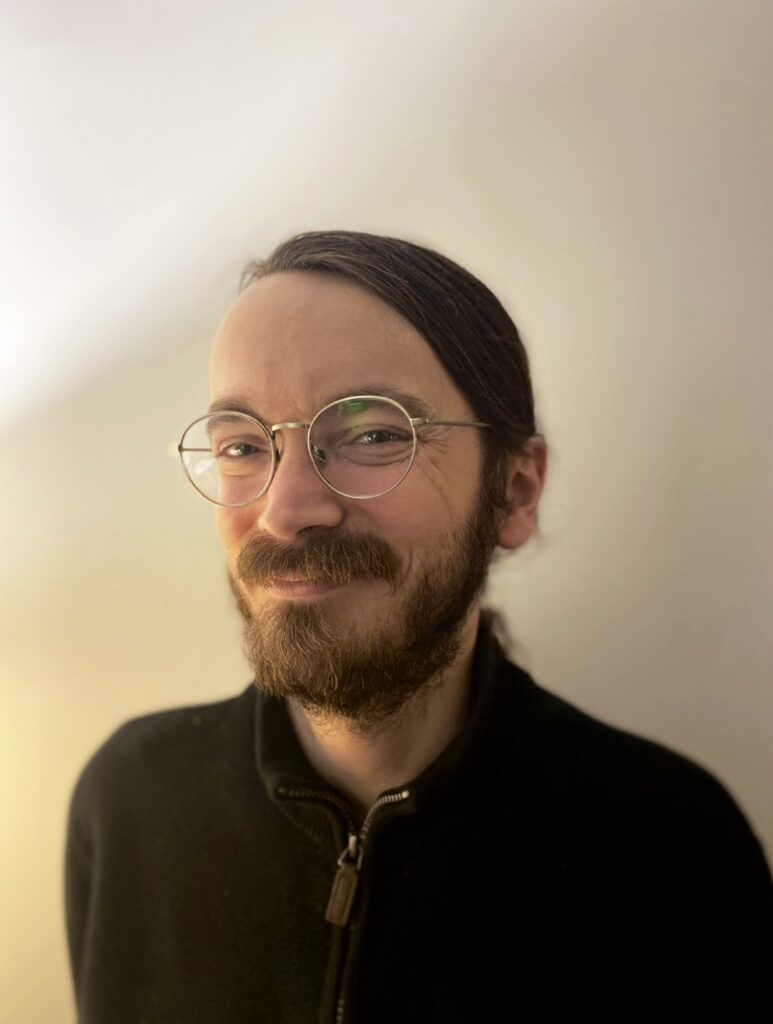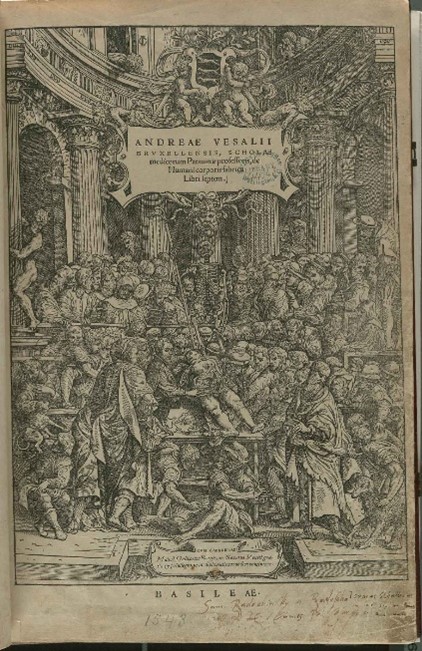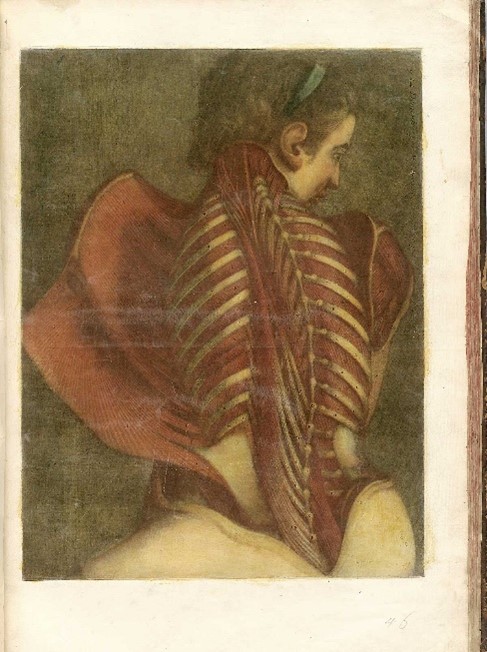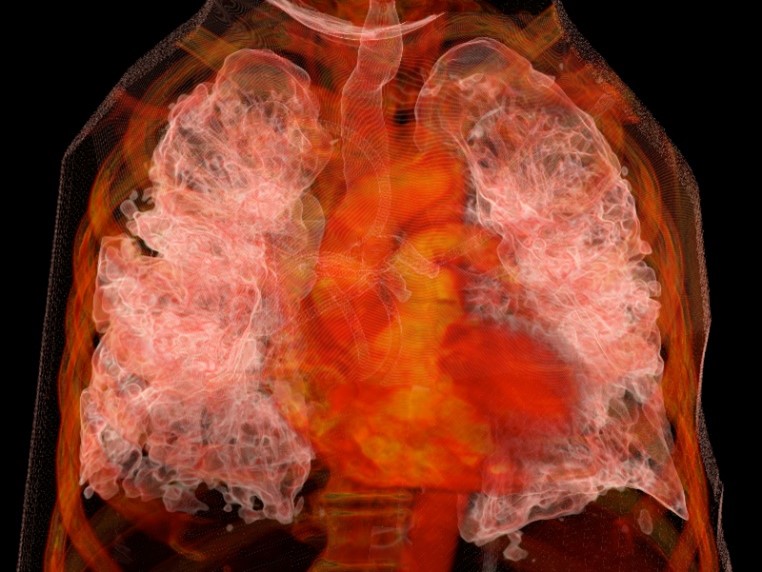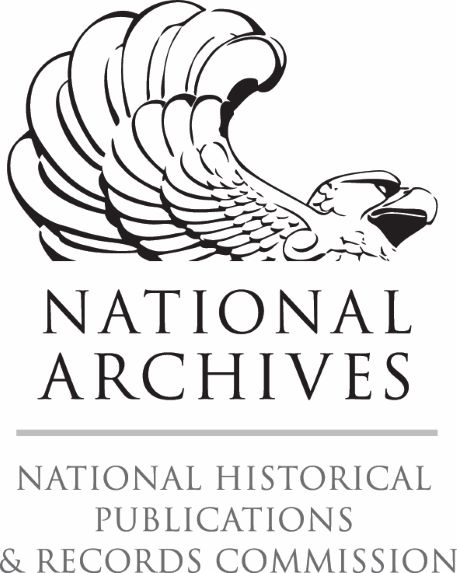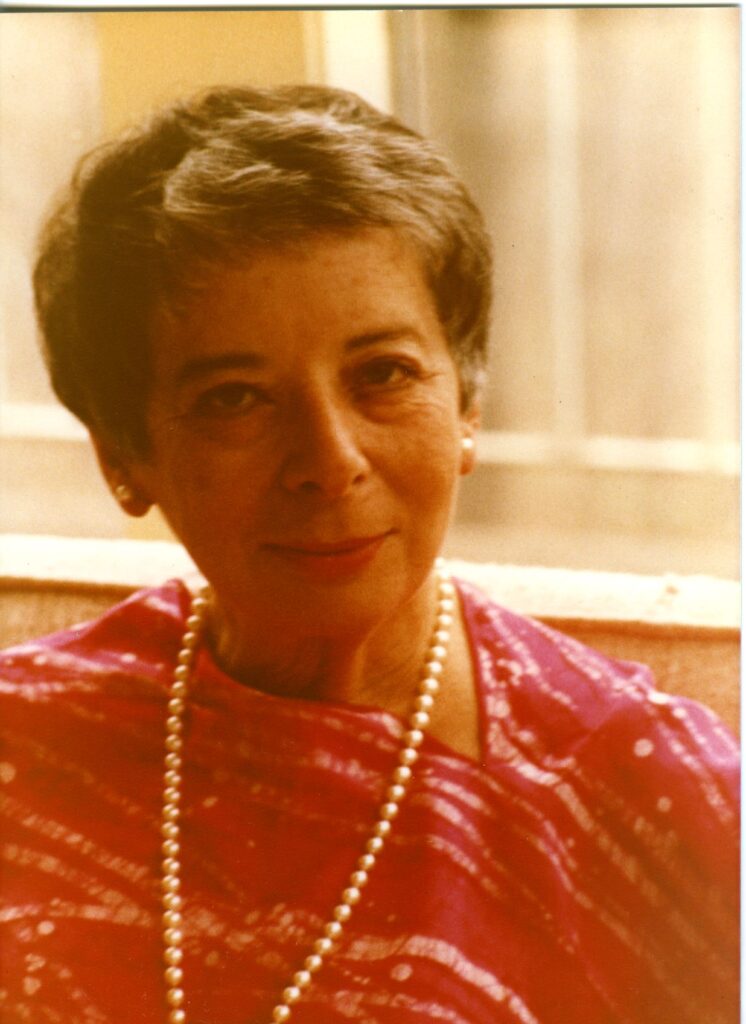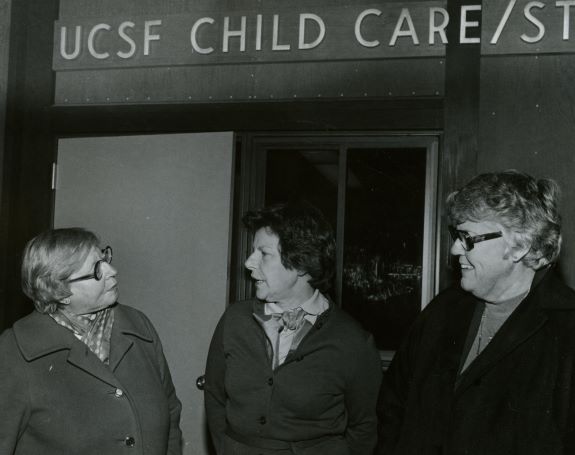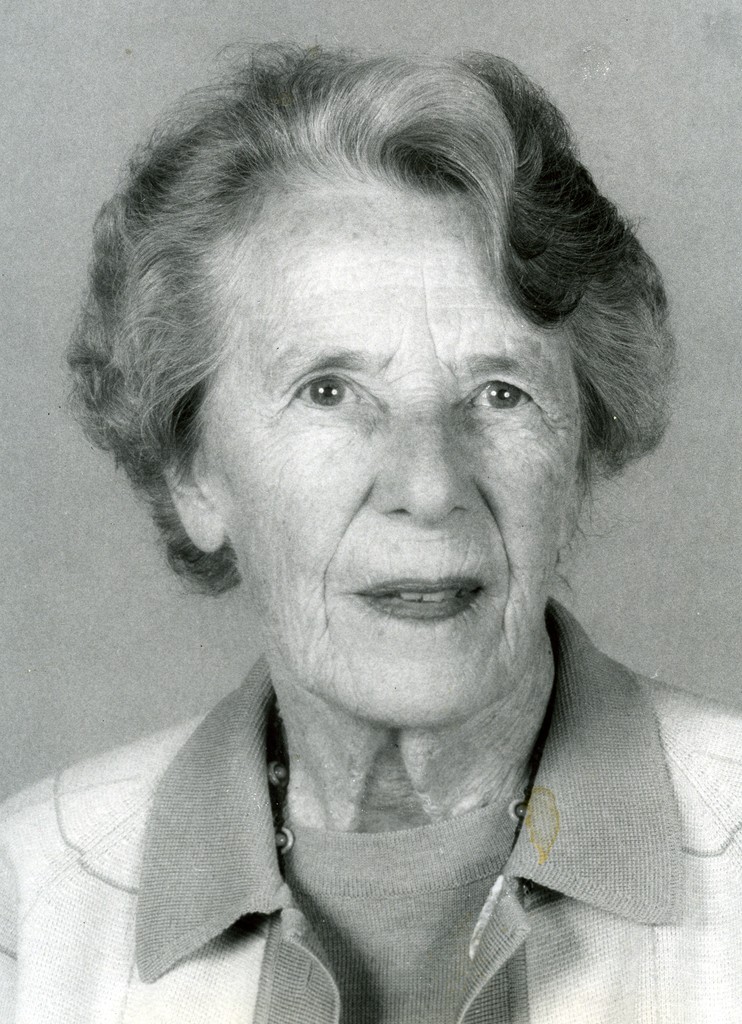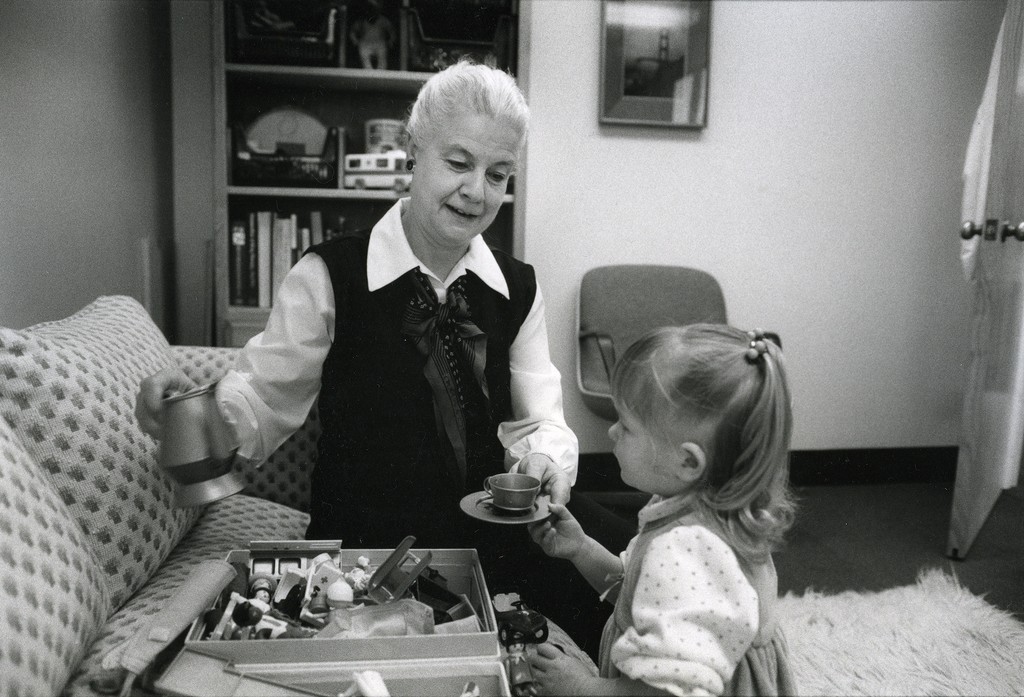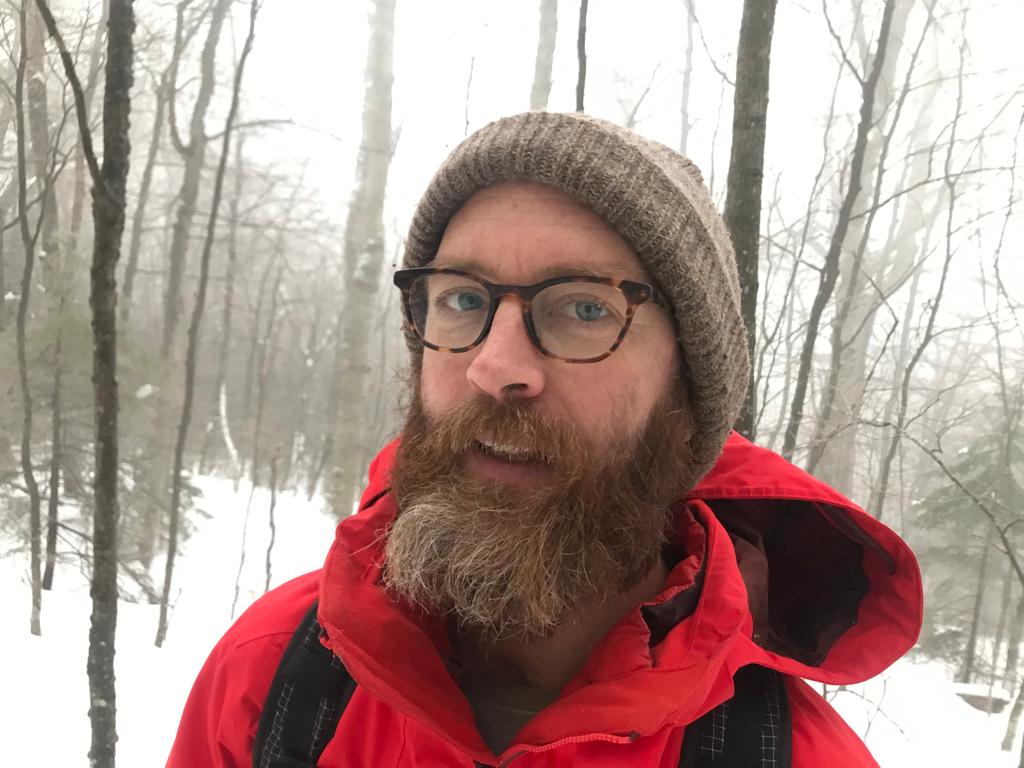We are excited to introduce Allison Tracy-Taylor who joins UCSF Archives & Special Collections as an Oral History Archivist. Allison will be leading the Oral History Program (OHP) supported by the Academic Senate Chancellor’s Fund and Committee on Library and Scholarly Communication that will enable the university to record and preserve diverse voices of the UCSF faculty sharing their stories in their own words and better shape the legacy they leave behind.
This program aims to better understand and share the history of the health sciences education through recording, transcribing, and preserving oral histories with members of the UCSF teaching and research community and by making these oral histories available to the public. Through engagement with DEI leaders, the project will record their experiences and document efforts to address and remediate inequities in health, health care, and education. The Oral History Program will elevate the narratives, perspectives, and expertise of historically underrepresented populations in the education and research communities at UCSF. This one-of-a-kind public record will address “silences” and gaps in the existing historical narrative. Allison will collaborate with faculty to convene Oral History Advisory Committees at each of the schools to identify and develop the list of interviewees and perform outreach activities related to the program.
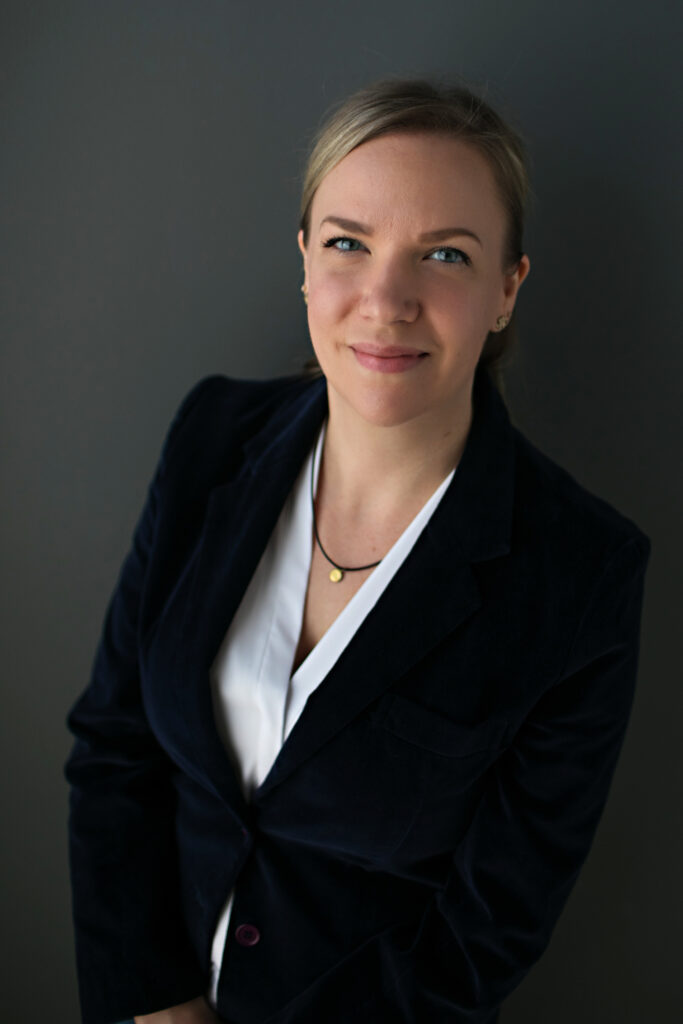
Collecting and preserving archival material that documents nuanced historical narratives and encourages contemporary conversations has been a major theme of Allison’s work. Most recently as an independent oral historian based in Sacramento, CA, Allison was the project lead for the California State Library website Voices of the Golden State, a curated collection of oral histories exploring many facets of California’s history. She also worked on multiple oral history projects, including a project on the history of the medical device technology industry in Silicon Valley for Stanford BioDesign, and the Documenting the Experiences of Mexican, Filipina, and Chicana Women in California Agriculture Oral History Project for the Center for Oral and Public History at Cal State Fullerton.
Allison is passionate about supporting oral history practitioners and growing the field into an inclusive, equitable space. She served as the 2019-2020 President of the Oral History Association (OHA), as well as on the OHA’s Council for several years. While president she initiated the development of the OHA’s Guidelines for Social Justice Oral History Work, convened and served on the Independent Practitioners’ Task Force, which developed a robust toolkit for independent oral historians, and chaired a task force that developed remote interviewing guidelines during the COVID-19 pandemic.
Community engagement and education have also been central to Allison’s work. Prior to going independent, Allison worked as the Oral History Administrator at the Kentucky Historical Society, overseeing the Kentucky Oral History Commission (KOHC), the only commission of its kind in the United States. She provided outreach, education, and technical support to oral history practitioners and programs throughout Kentucky. Allison was also the Oral Historian for the Stanford Historical Society, documenting Stanford University’s history through the stories of faculty and staff and serving as the program’s senior oral history mentor.
Allison began her work in oral history at the University of Nevada Oral History Program (UNOHP), serving in multiple roles, including as an interviewer for a multi-year project on the history of women’s athletics at the University of Nevada, and an editor for the resulting book We Were All Athletes: Title IX and Women’s Athletics at the University of Nevada. In addition to an M.A. in Oral History from Columbia University, Allison holds a B.A. in Sociology and English Literature from the University of Nevada.
In her free time, Allison enjoys hiking, reading, the distinct hobbies of collecting craft supplies and crafting, and baking. Though she will always be a Nevadan at heart, she has come to love the profound beauty of California.

